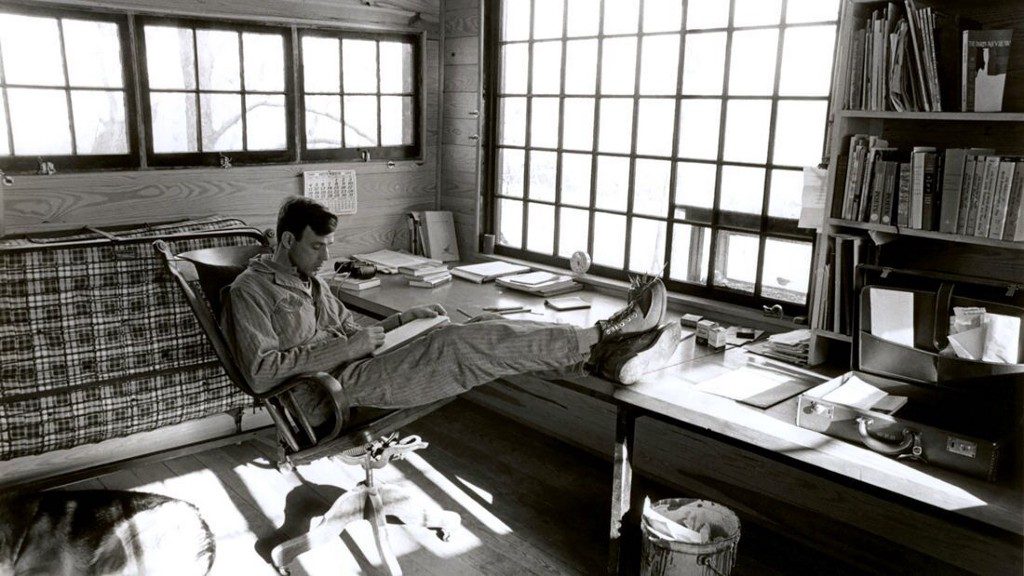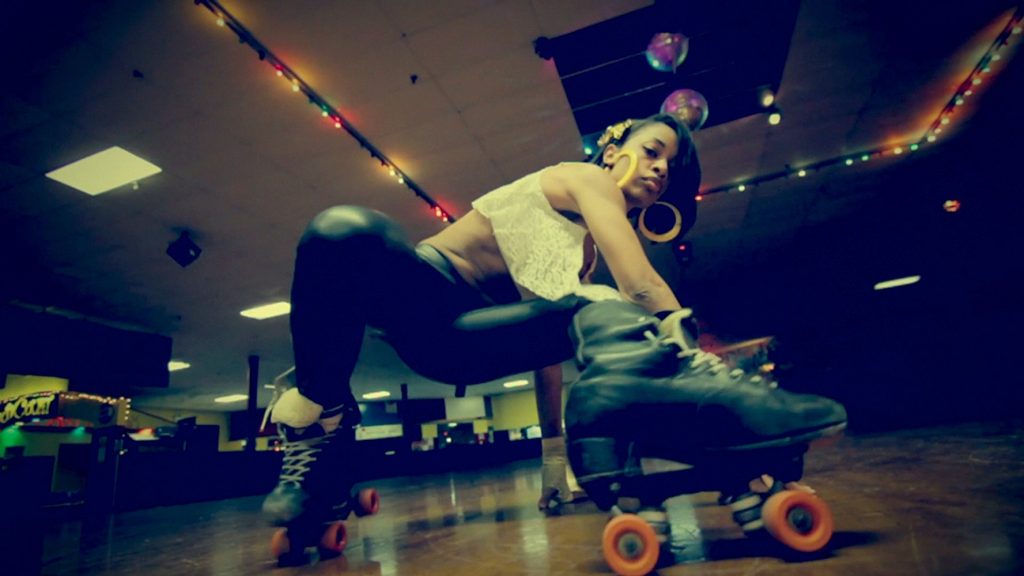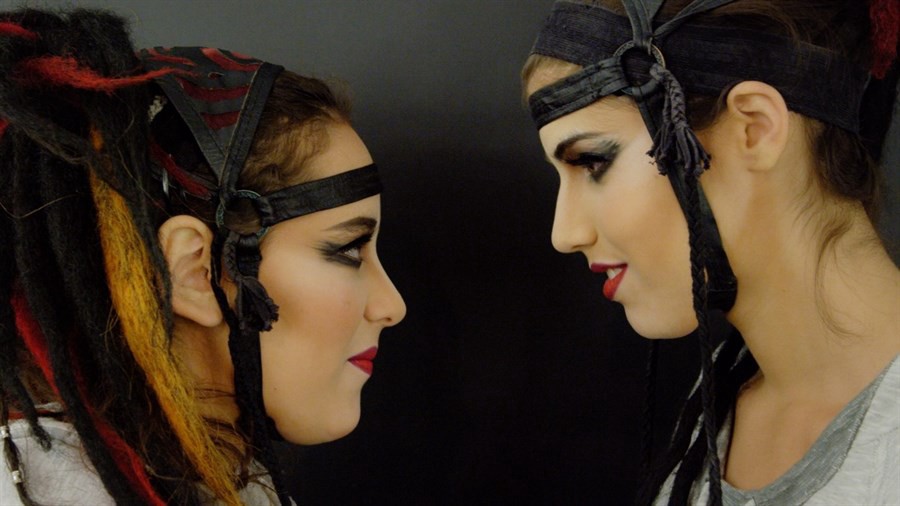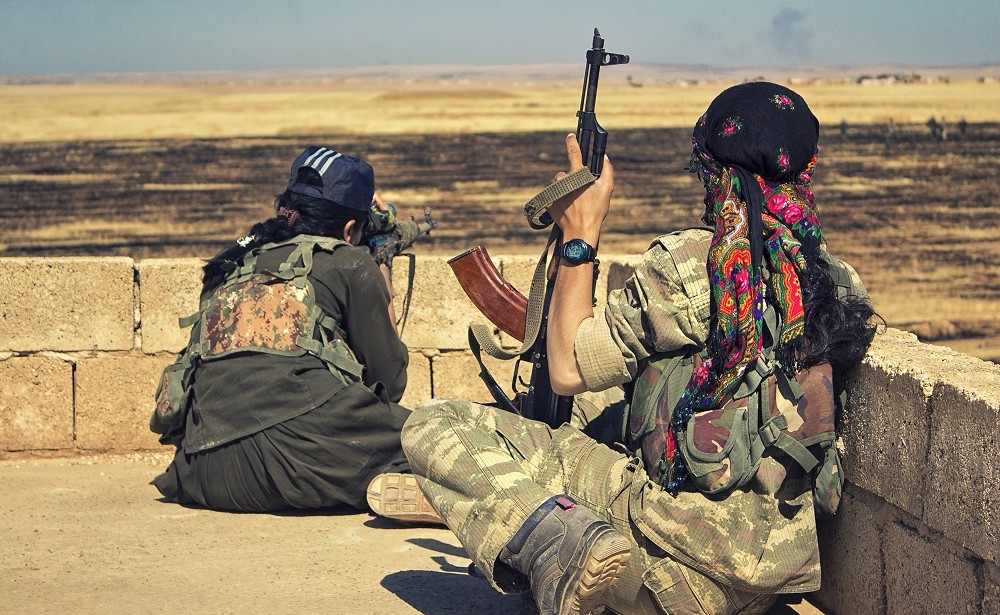Laura Dunn’s first feature documentary, “The Unforeseen,” executive produced by Robert Redford and Terrence Malick, premiered at the Sundance Film Festival, and was released theatrically and broadcast on the Sundance Channel.
“Look & See: A Potrait of Wendell Berry” will premiere at the 2017 Sundance Film Festival on January 20. The film is co-directed by Jef Sewell.
W&H: Describe the film for us in your own words.
LD: An unconventional portrait of my favorite writer, Wendell Berry. He has a low regard for screens of any kind and is not interested in the individual as an idol. So, in an effort to render some essence of him, I chose to lens the world through his eyes and paint a picture of his place. Rather than a portrait of the way the world sees Wendell, “Look & See” portrays how Wendell sees the world.
W&H: What drew you to this story?
LD: I’ve long read and loved Wendell’s writings — poetry, non-fiction, and fiction. He generously contributed a poetry reading to my last feature, “The Unforeseen,” and when we toured that film, I was surprised and dismayed by how few folks seemed to really know his work. So I set out to draw more attention to it.
W&H: What do you want people to think about when they are leaving the theater?
LD: I’d be very happy if, when leaving the theater, they turn away from the screen, take a walk outside, engage in face-to-face conversation, and find and read a Wendell Berry book.
W&H: What was the biggest challenge in making the film?
LD: That Wendell himself did not want to appear on screen. But I always find the biggest constraints to be the best opportunities in documentary film making. His desire to avoid the camera is a key piece of information about him, and I wanted to use that constraint to see more deeply into Wendell’s mind and soul.
W&H: How did you get your film funded? Share some insights into how you got the film made.
LD: Private donations, several grants, including from Sundance Documentary Film Fund and the International Documentary Association, and a successful Kickstarter.
W&H: What does it mean for you to have your film play at Sundance?
LD: Robert Redford is actually the catalyst behind this film. He encouraged me to make it and helped get it off the ground. So bringing the film to the world through Sundance is very meaningful to me personally, since he founded the Sundance Film Festival.
Redford’s steadfast commitment to preserving the natural world is a great inspiration to many, and we are so proud to participate in the festival this year, especially in light of the imminent Trump administration’s assault, as it works to highlight critical issues around the environment.
W&H: What’s the best and worst advice you’ve received?
LD: One bit of advice in filmmaking that stands out — from Terrence Malick — was to trust my instincts in editing, to begin with scenes I simply like and build around them, to edit more like a piece of music rather than as a literal and chronological progression.
Worst advice: The quality of camera doesn’t really matter.
W&H: What advice do you have for other female directors?
LD: Stick to your guns!
W&H: Name your favorite woman-directed film and why.
LD: “American Dream” by Barbara Kopple. It was one of the first documentaries I saw, and it showed me the possibilities of documentaries — its moral compass, the power of long-form journalism, and the emotional effect of vérité documentary filmmaking. It greatly inspired me very early on.
W&H: Have you seen opportunities for women filmmakers increase over the last year due to the increased attention paid to the issue? If someone asked you what you thought needed to be done to get women more opportunities to direct, what would be your answer?
LD: Places like Chicken & Egg Pictures that are deliberately supporting women filmmakers are fantastic. To be able to discuss the challenges of being a working mom while directing without fearing an invitation of judgement is encouraging.
I accepted a Special Jury Award earlier this year at SXSW while holding my five-month-old baby in a carrier, and several women directors commented on how great that was. I’ve been making documentaries off and on — while raising six kids — for 20 years now, and I definitely sense that the field in general is attracting and supporting more women.
Perhaps it’s the combination of specific programs aimed at supporting women and a generally shifting broader culture?







